269 CD / Scarlatti: Complete Piano Sonatas Vol. 6
Description
All 555 sonatas by Domenico Scarlatti, part 6
In 2020 the Scarlatti boat was sailing the high seas when suddenly it hit the rocks. :-(
And so for the 30 sonatas of part 6, the crew fled like rats from a sinking ship onto dry land and into the back of beyond - where it's too boring even for Corona. Between a stack of grand pianos stored vertically, upright pianos, and in unimaginably dry acoustics, Christoph Ullrich, playing Gerd Finkenstein's familiar and beautiful grand piano, shifted time and space into a bygone world. A world that is perhaps not so distant from our own time as we might think. There were serious diseases everywhere then. Just like nowadays, that didn't stop people from caring about equally important things, such as cheering up a melancholy King! Among other things, this is what Scarlatti was employed for.
Dear reader! You are the king who, in the face of the world's crises, threatens to sink into depression. Listen to this double CD (for the price of one), full of an endless variety of cheerful, but also often of reflective pieces, and allow it to take your mind off things!
Further information about the Scarlatti Project.
Christoph Ullrich on Youtube: Sonata in g moll K 8, Allegro and Sonata in C major, K 487, Allegro
3 reviews for 269 CD / Scarlatti: Complete Piano Sonatas Vol. 6
You must be logged in to post a review.

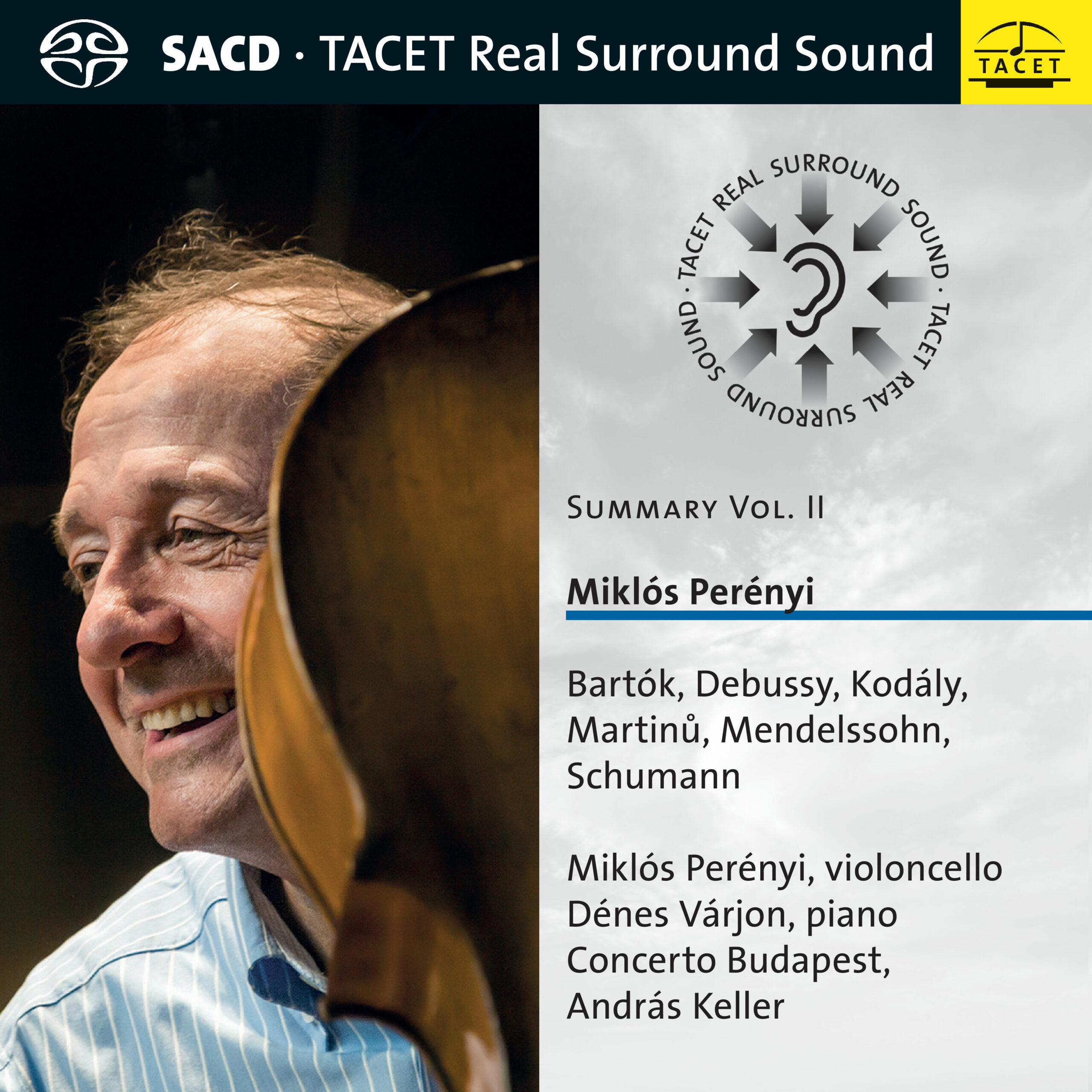
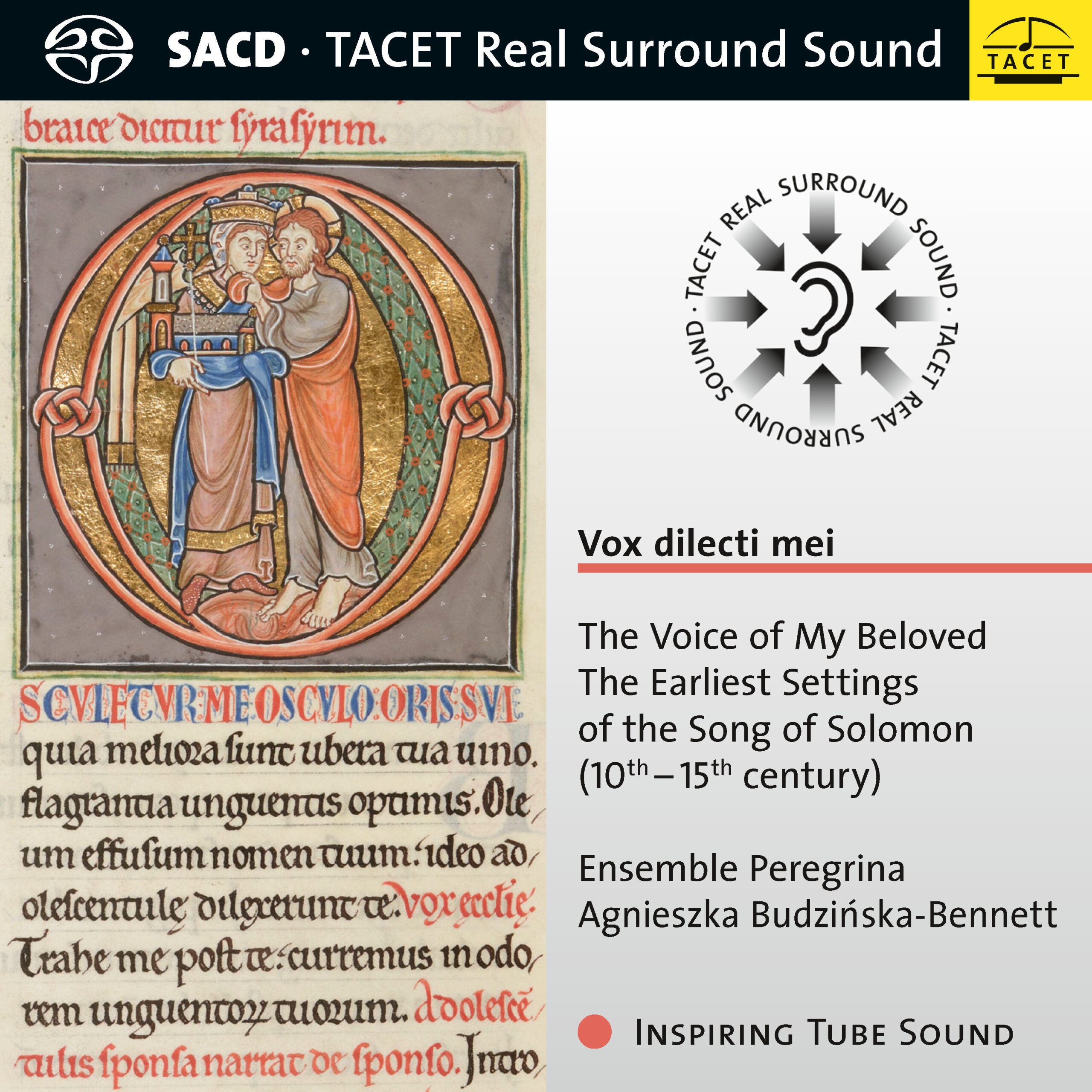
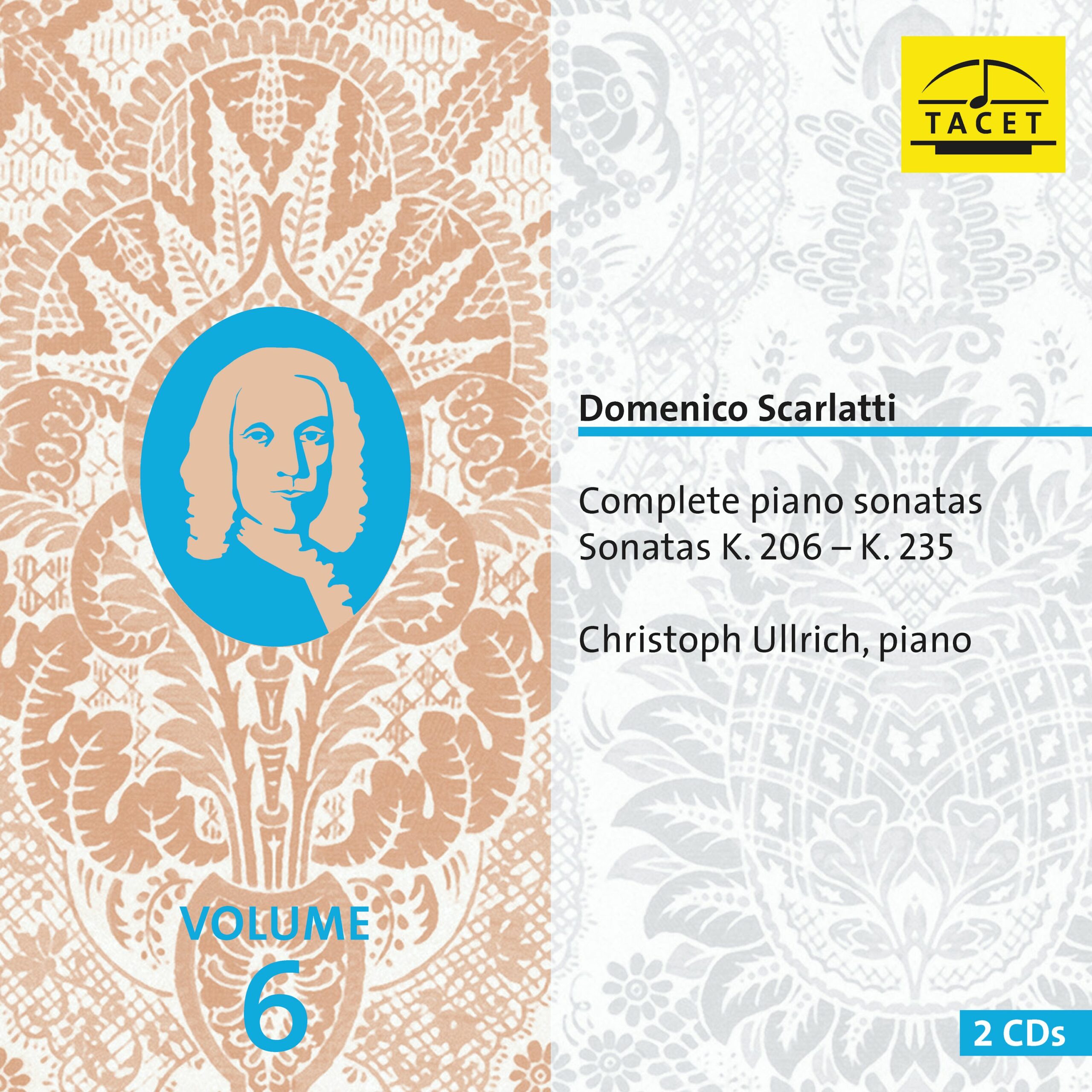
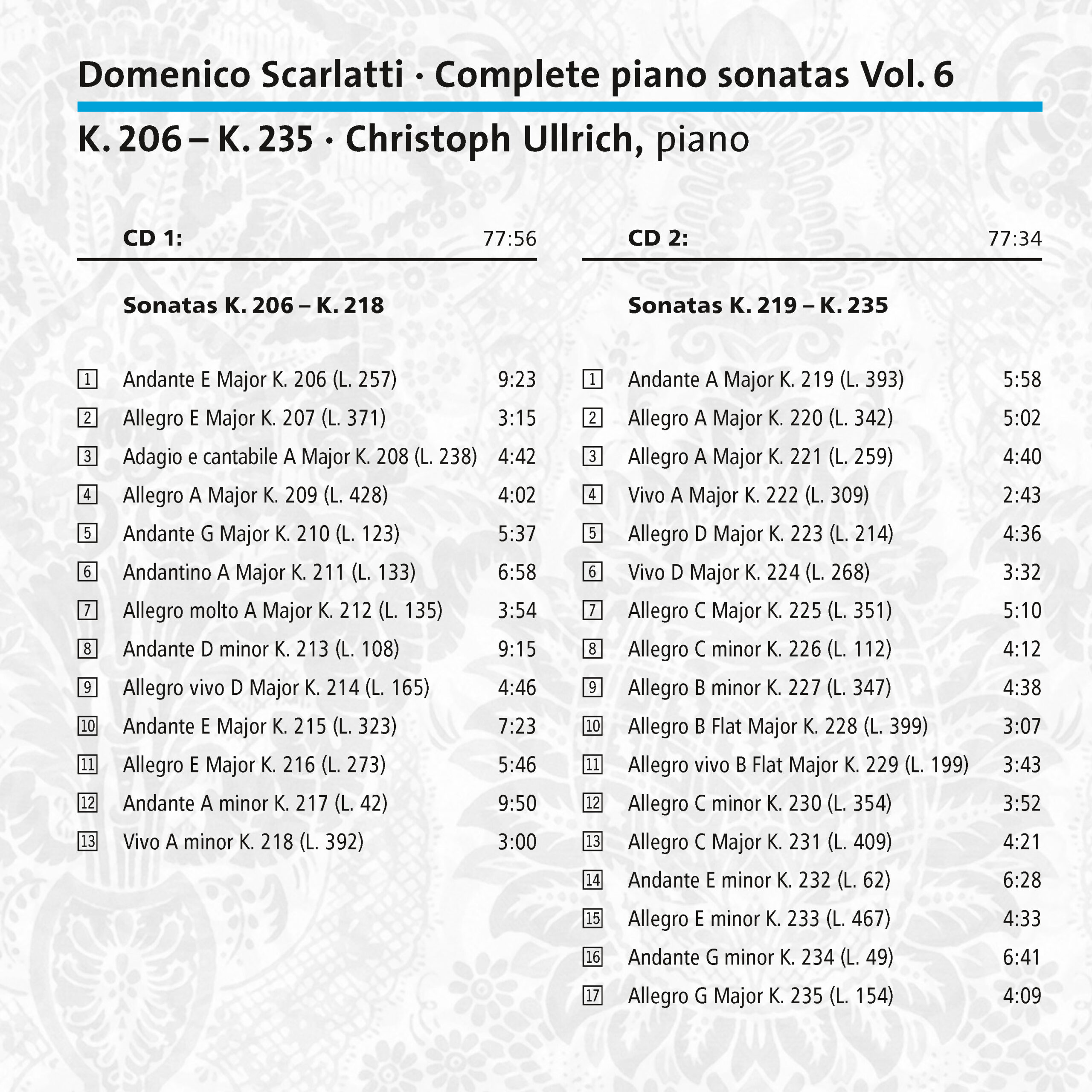


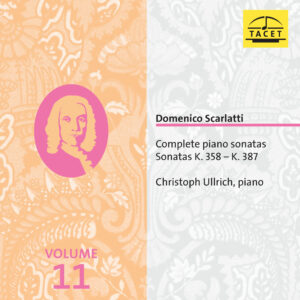
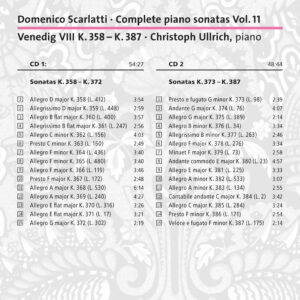
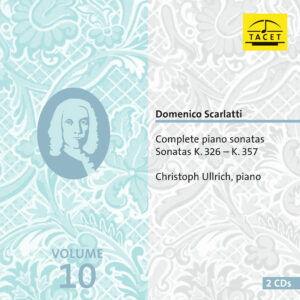
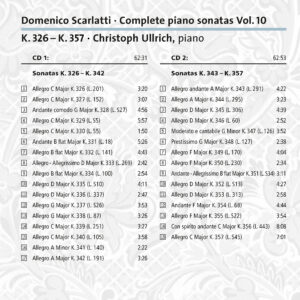

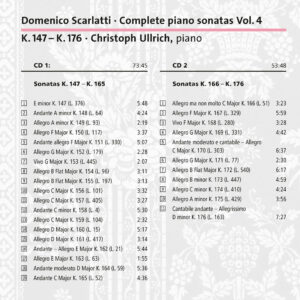
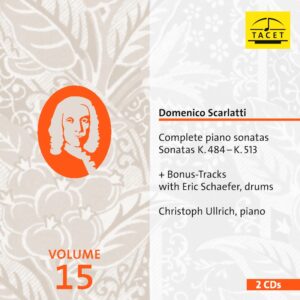
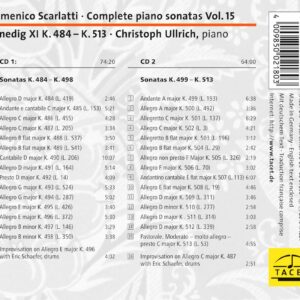
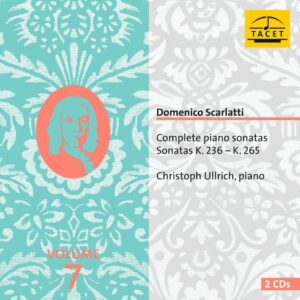
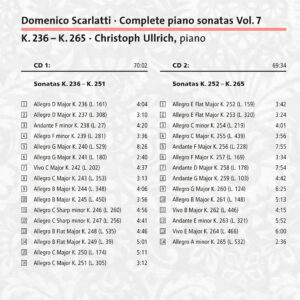
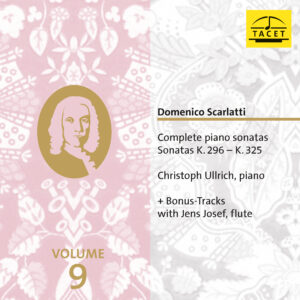
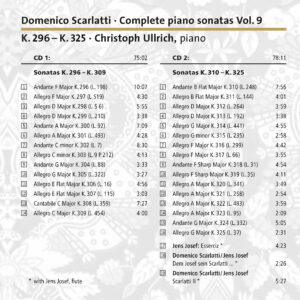


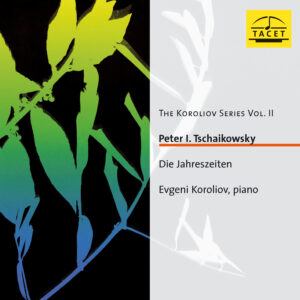
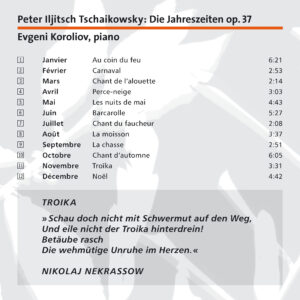



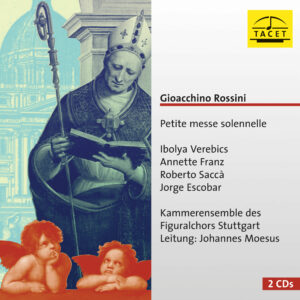
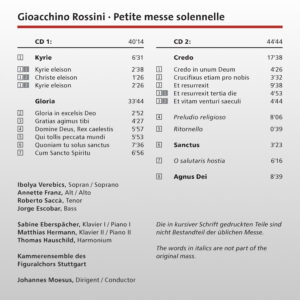

klassik.com –
(...) These so unbelievably different colors, as Ullrich is able to evoke them, lead in any case to the fact that one is literally sucked into this music and wants to listen curiously from sonata to sonata.
--> original review
Klassik heute –
Ten years ago, the now 62-year-old Christoph Ullrich began his mammoth project: the recording of all 555 piano sonatas by Domenico Scarlatti (1685-1757). The project, which according to a schedule in the pianist's study will be completed in 2028, can rightfully be called a pianistic feat.
Mount Everest virtuoso requirements
Not only does the presentation of an integral of this immense corpus of single-movement piano compositions require courage and a conviction that one has to provide an independent interpretative approach to these works; the presentation of Domenico Scarlatti's piano oeuvre also requires immense pianistic virtuosity. Not only Scarlatti himself, but also his high princely pupil Maria Barbara de Bragança - Portuguese princess and later, as wife of Ferdinand IV, Spanish queen - must have had extraordinary technical skills on the harpsichord, given the technical difficulties of the pieces. The instruments that were available to the princess and later Spanish queen at the Portuguese and Spanish royal courts corresponded to the most modern developments of the clavier instruments. Thus, the representation of this extremely diverse claviristic cosmos today remains primarily a requirement for the performer and his arrangement of the pieces on his instrument. This is also proven by the large number of successful recordings on harpsichord, fortepiano and concert grand piano that have been made of Domenico Scarlatti's sonatas so far.
The third in the group
The composer was born, like J. S. Bach and G. F. Handel, in the year 1685, which is so important for the history of music. For a long time, however, he was not considered to be on a par with his peers, but from the second half of the 20th century he was recognized as a composer of particular importance for the history of piano music. As music and piano teacher of the obviously pianistically highly gifted Portuguese princess and later Spanish queen Maria Barbara de Bragança, he obviously wrote his sonatas, which were left in five collections, for her pianistic use. Thanks to careful transmission, Scarlatti's sonata oeuvre has been preserved for posterity. Characteristic of Scarlatti's lively piano style are also the diverse influences he took from Portuguese and Spanish folk music, flamenco, and Arabic and Jewish music, thus staking out a wide spectrum of affects from intimacy to spirited outburst.
Instrument and performer in perfect interplay
Christoph Ullrich has himself reported that his "wonderful Steinway grand piano" convinced him to tackle the Scarlatti project when he played a sonata by Domenico Scarlatti outside the window one evening in a snowstorm. With its rich tonal spectrum and fast action, this instrument in particular "enables him to master the frenzied repetitions of notes typical of Scarlatti," as the FAZ quoted the artist in its article from March of this year.
In addition, of course, there must be tireless practice in order to meet the technical demands of the pieces: "Many passages I have to practice with patience for many weeks," says Christoph Ullrich. The intensive work has paid off handsomely, and Tacet's flawless sound engineering does its part to make this sixth part of this Integrale of Domenico Scarlatti's sonata works an unclouded and delightful listening pleasure.
Detmar Huchting
--> original review
Pizzicato –
Christoph Ullrich has been recording all 555 sonatas by Domenico Scarlatti for Tacet. This means that the series can be heard in groups of 30 sonatas in the order Scarlatti intended. Volume 6 has now been released. The two CDs contain sonatas K. 206-235. The admirable qualities of Ullrich’s previous Scarlatti releases remain: clear and beautifully shaped presentation, rhythmic momentum, changes of color and tempo in an overall coherent concept.
Remy Franck
--> original review